Nuances of pruning black currants in spring
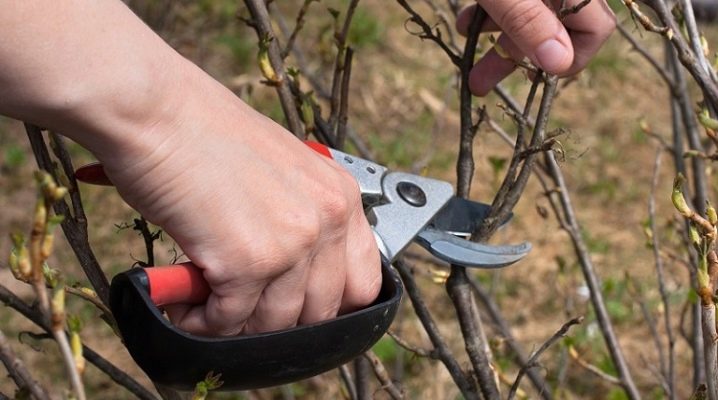
Competent and timely pruning of currant bushes can prolong the life of a plant, as well as significantly increase the amount of harvest. Spring pruning is carried out in order to remove frozen and diseased stems. The procedure is simple, but it must be carried out in accordance with some rules. Otherwise, the shrub can be harmed.

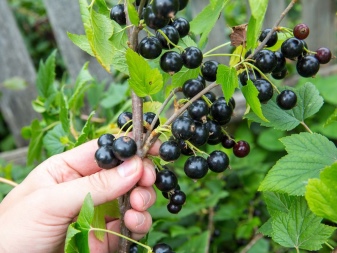
The need for a procedure
As already mentioned, spring pruning should be carried out to remove dead and diseased shoots. There are also other reasons why this procedure is considered important and necessary. They are as follows.
- If the shoots are exposed to any disease, they become the object of attention of harmful insects and bacteria.... They can move from diseased stems to healthy ones. Then the whole bush will be in danger.
- Most of the harvest comes from those shoots that are between 1 and 3 years old. From the age of 5, the shoots practically do not produce berries, but they take some of the food from the bush. It is better to get rid of them. But this rule applies to black currants. The red one bears more fruit on old stems, so it is better to get rid of excess young shoots here.
- Cutting off some of the shoots stimulates the redistribution of nutrients, which also leads to increased yields.
In spring, shoots are harvested to a greater extent to increase yields. The secondary role of the procedure is the aesthetic appeal of the shrub. After pruning, currant bushes look neat and well-groomed.
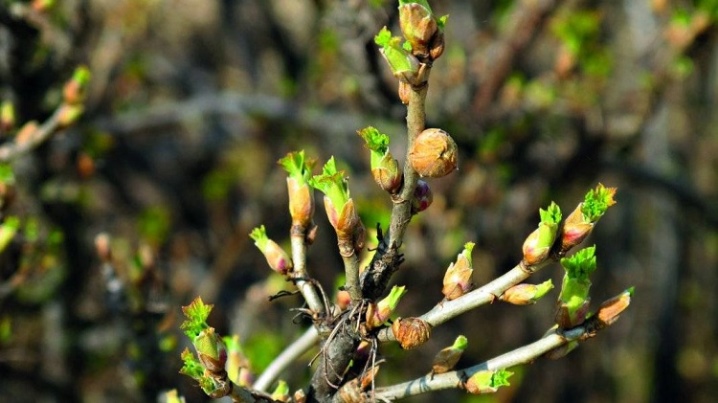
Timing
Currant pruning is best done in the early spring months. But you need to focus on weather conditions. If there is still snow on the ground and frosts continue, then it is better to postpone the procedure... It is advisable to carry out pruning at a time when the snow has practically melted, and the air temperature is from 0 to 5 degrees.
If this is done at a lower air temperature, then the currant bush may freeze, since such manipulations weaken its protective properties. When the weather is stable outside, and buds are already appearing on the bushes, pruning is also dangerous, since you can reduce the volume of the future harvest.
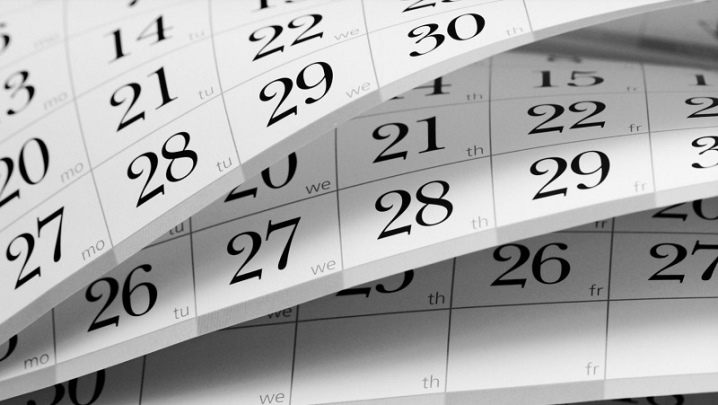
How to trim correctly?
There are 2 types of spring pruning of currant bushes. One is rejuvenation and the other is shaping. Formative pruning is recommended every spring. This is necessary to remove unnecessary shoots and stimulate the development of new growth.
Formative pruning of currant bushes is carried out in 4 stages:
- immediately after planting the seedling, it is necessary to cut off the shoot (the cut point is just above the fourth bud);
- after a year, the grown stems need to be further shortened by about 30% of the total length;
- after a year, you need to cut off those shoots that are the closest competitors of the strongest stems;
- after another year, you need to re-pinch the shoots.
As the bush grows, the procedure must be repeated. Formation is necessary for the shape and neat appearance of shrubs. Rejuvenating pruning is recommended for old bushes that continue to bear fruit. If there are currant bushes on the garden plot that are more than 10 years old, then they need to be cut very shortly. As a result of pruning, short stumps should remain (no more than 3 cm from the ground). After trimming, scald the remaining hemp with hot water.This is necessary in order to disinfect the stems. After this treatment, young and healthy shoots will begin to appear.
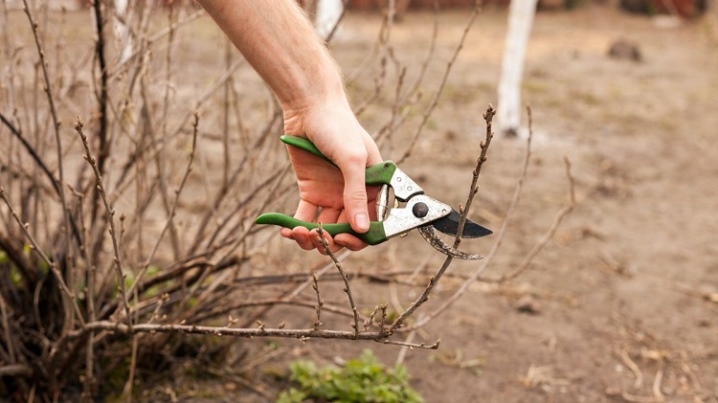
If there are shrubs that are less than 10 years old, then they can also be rejuvenated pruning. In this case, the need for the procedure is to remove shoots older than 4 years. They need to be removed at the very root, and the remaining stems should be shortened by about 1/4.
A step-by-step scheme for spring pruning of currant bushes is as follows.
- First you need to determine, and then prune diseased and dry branches... Particular attention should be paid to diseased shoots, as they can infect healthy branches.
- Then you need to prune or even remove branches that are 4 to 10 years old. This must be done without fail, since they take away a lot of strength and nutrients from the bush, and the yield is small and of poor quality.
- It is also recommended to get rid of those shoots that are on the ground or in the immediate vicinity. In the summer, when leaves appear on the stems, such branches will not be able to withstand the load. As a result, they will not get sunlight, which means that the harvest will be unimportant.
- Now you need to get rid of the so-called thickening branches. Their peculiarity lies in the fact that they do not grow outward from the center, but inward. If this is not done, then there will be poor ventilation inside the bush. There is a risk of developing fungal infections.
- After all the previous manipulations, 5 to 7 of the strongest and youngest shoots should remain. They also need to be shortened by about 30% of the available length.
- Next, it is necessary to process shoots that are 2-3 years old. Here you need to remove competing branches and trim the tops a little.
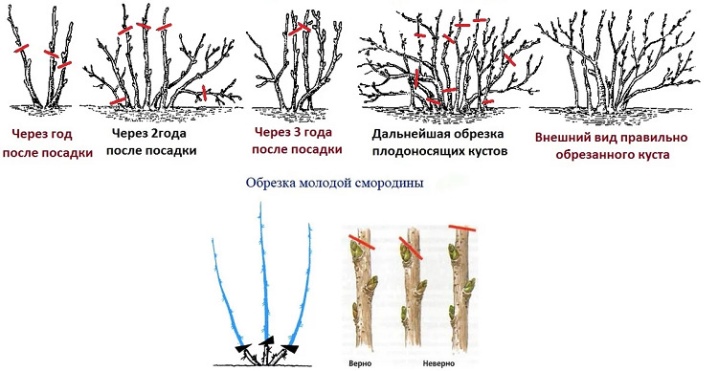
As necessary, this procedure must be carried out for each currant bush.
It is noteworthy that the timing of cutting currant bushes depends on weather conditions, therefore, on the region of growth. The procedure should be carried out as follows:
- southern regions - in the beginning of March;
- middle stripe - in the period from March to April (here you need to focus on the weather conditions, since spring can be early or late);
- for Moscow region the most suitable month is April;
- Ural, Siberia and Leningrad region - end of April or beginning of May.
In northern regions, pruning should only be done in warm weather. Otherwise, return frosts can destroy the shrub.
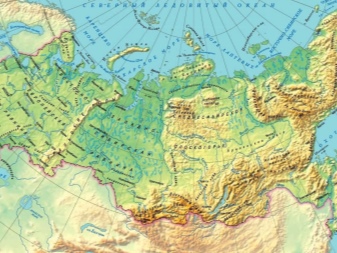
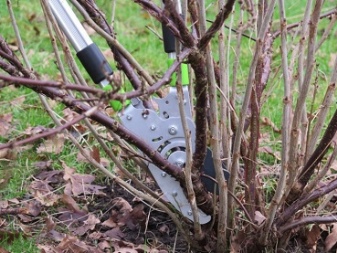
Follow-up care
After pruning, all unnecessary branches must be disposed of without fail. In no case should they be left on the territory of the personal plot, since they can still be carriers of diseases. In addition, follow-up care is important. It consists in covering up all cuts and wounds. For this purpose, you must use a paste or garden var. These preparations will help reduce the stress the plant receives from pruning.
Also, do not forget about feeding the bush. Experienced gardeners recommend using a complex mineral fertilizer, which includes phosphorus, nitrogen, potassium. If you want to use organic fertilizers, then you can make rotted manure. Fresh use is not recommended, as currant roots can get burned. If pruning is carried out in a timely manner and correctly, then the bushes will always be neat and well-bearing. Most importantly, during the procedure, do not deviate from the rules and do not forget about the subsequent care.

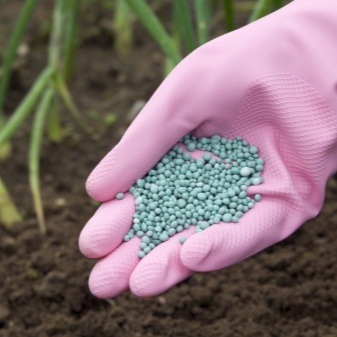






The comment was sent successfully.